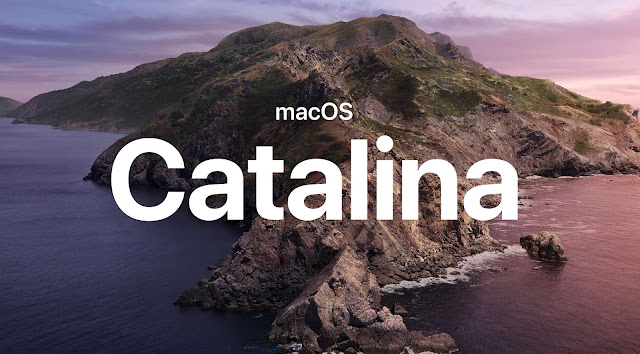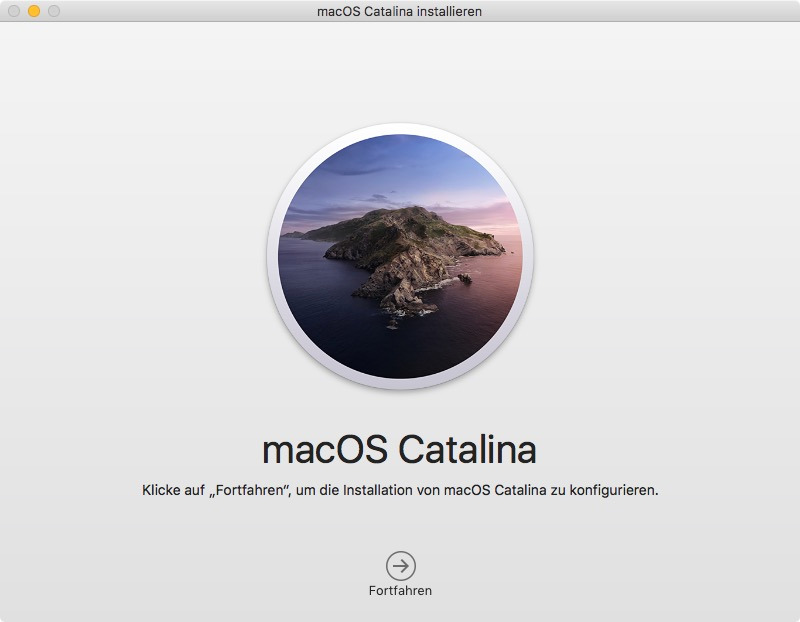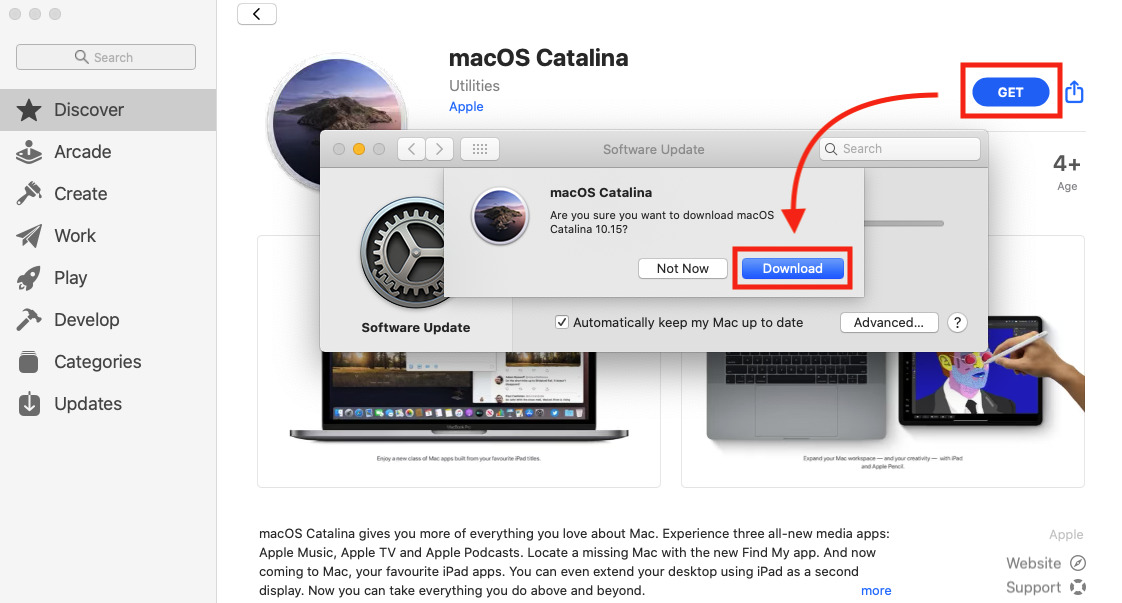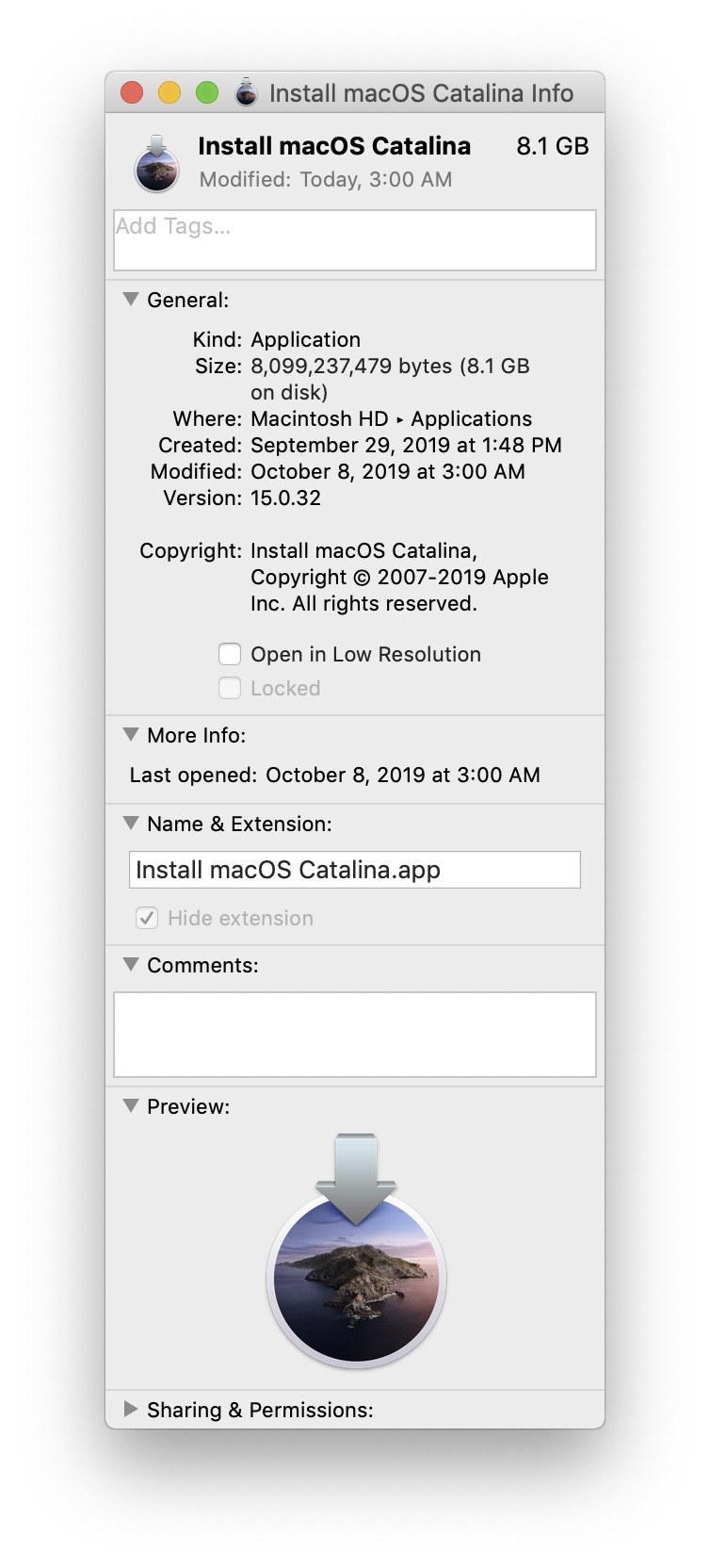These advanced steps are primarily for system administrators and others who are familiar with the command line. You don't need a bootable installer to upgrade macOS or reinstall macOS, but it can be useful when you want to install on multiple computers without downloading the installer each time.
- Download Macos Catalina To Usb
- Download Macos Catalina Bootable Usb On Windows
- Mac Os Catalina Download Usb Stick

To demonstrate, we have used 7 PowerISO & UUByte ISO Editor to create macOS Catalina bootable USB from Windows 10. Step 1: Download and install PowerISO on Windows 10. Step 2: Insert your USB drive. Right-click on this peripheral device and choose the option to format it. To make a bootable copy of Catalina on a USB drive, make sure it has at least 12 GB of free memory. Since your USB drive will be formatted in the process, it’s also important to back up the data you store on it. If your USB drive is ready, follow these steps to create a bootable copy of Catalina: Download the Catalina installer; Connect your. Create a macOS Catalina bootable USB drive using this handy guide. The USB drive can be used to upgrade a Mac, clean install macOS or for recovery purposes. Download macOS Catalina 10.15 Installer with macOS Catalina Patcher Although it may appear easy to try out the conventional approach of downloading macOS update in Software Update, there are a few known issues on old Macs shipped in 2013 or earlier, meaning the download progress can not be completed successfully. Make sure to create a macOS Catalina USB installer before you update your MacBook and start exploring Catalina features. While you don’t need a bootable installer to install macOS Catalina, it’s a good option for people with a limited or sporadic internet connection, multiple Macs, or who want a backup installer for emergencies.
What you need to create a bootable installer
- A USB flash drive or other secondary volume formatted as Mac OS Extended, with at least 14GB of available storage
- A downloaded installer for macOS Big Sur, Catalina, Mojave, High Sierra, or El Capitan
Download macOS
- Download: macOS Big Sur, macOS Catalina, macOS Mojave, or macOS High Sierra
These download to your Applications folder as an app named Install macOS [version name]. If the installer opens after downloading, quit it without continuing installation. To get the correct installer, download from a Mac that is using macOS Sierra 10.12.5 or later, or El Capitan 10.11.6. Enterprise administrators, please download from Apple, not a locally hosted software-update server. - Download: OS X El Capitan
This downloads as a disk image named InstallMacOSX.dmg. On a Mac that is compatible with El Capitan, open the disk image and run the installer within, named InstallMacOSX.pkg. It installs an app named Install OS X El Capitan into your Applications folder. You will create the bootable installer from this app, not from the disk image or .pkg installer.
Use the 'createinstallmedia' command in Terminal
- Connect the USB flash drive or other volume that you're using for the bootable installer.
- Open Terminal, which is in the Utilities folder of your Applications folder.
- Type or paste one of the following commands in Terminal. These assume that the installer is in your Applications folder, and MyVolume is the name of the USB flash drive or other volume you're using. If it has a different name, replace
MyVolumein these commands with the name of your volume.
Big Sur:*

Catalina:*
Mojave:*
High Sierra:*
El Capitan:

* If your Mac is using macOS Sierra or earlier, include the --applicationpath argument and installer path, similar to the way this is done in the command for El Capitan.
After typing the command:
- Press Return to enter the command.
- When prompted, type your administrator password and press Return again. Terminal doesn't show any characters as you type your password.
- When prompted, type
Yto confirm that you want to erase the volume, then press Return. Terminal shows the progress as the volume is erased. - After the volume is erased, you may see an alert that Terminal would like to access files on a removable volume. Click OK to allow the copy to proceed.
- When Terminal says that it's done, the volume will have the same name as the installer you downloaded, such as Install macOS Big Sur. You can now quit Terminal and eject the volume.
Use the bootable installer
Determine whether you're using a Mac with Apple silicon, then follow the appropriate steps:
Apple silicon

- Plug the bootable installer into a Mac that is connected to the internet and compatible with the version of macOS you're installing.
- Turn on your Mac and continue to hold the power button until you see the startup options window, which shows your bootable volumes.
- Select the volume containing the bootable installer, then click Continue.
- When the macOS installer opens, follow the onscreen instructions.
Intel processor
Download Macos Catalina To Usb
- Plug the bootable installer into a Mac that is connected to the internet and compatible with the version of macOS you're installing.
- Press and hold the Option (Alt) ⌥ key immediately after turning on or restarting your Mac.
- Release the Option key when you see a dark screen showing your bootable volumes.
- Select the volume containing the bootable installer. Then click the up arrow or press Return.
If you can't start up from the bootable installer, make sure that the External Boot setting in Startup Security Utility is set to allow booting from external media. - Choose your language, if prompted.
- Select Install macOS (or Install OS X) from the Utilities window, then click Continue and follow the onscreen instructions.
Learn more
A bootable installer doesn't download macOS from the internet, but it does require an internet connection to get firmware and other information specific to the Mac model.
For information about the createinstallmedia command and the arguments you can use with it, make sure that the macOS installer is in your Applications folder, then enter the appropriate path in Terminal:
You can use a USB drive (external hard drive or flash drive) as a startup disk from which to install the Mac operating system. This is called a bootable USB drive with macOS installer. To upgrade macOS or reinstall macOS does not require a bootable USB drive with macOS installer, but it can be useful if you want to perform a clean installation of macOS or when you want to install macOS on multiple Mac computers without having to download the installer each time. In this tutorial, I’ll show you how to create a bootable USB drive with macOS Catalina installer.
Let’s begin
Creating a bootable USB drive with macOS Catalina installer is a really easy process. Now, step by step guide.
Download macOS Catalina
We can get macOS Catalina from the App Store. For this, just browse to the macOS Catalina page on the App Store. Then click the GET button or iCloud download icon.
Download Macos Catalina Bootable Usb On Windows
Note! It takes time to download the macOS Catalina installer app, so make sure that you have a reliable Internet connection. If you’re using a Mac notebook computer, plug it into AC power.
macOS Catalina download directly to our Applications folder as an app named Install macOS Catalina. If the installer app opens after downloading, quit it without continuing installation.
Make sure that you have the complete “Install macOS Catalina.app” file by getting info on the file. For this simply select the file and click the Spacebar key (or right-click on the file and choose “Get Info”). The complete installer should be around 8.1 GB rather than the tiny (just tens of megabytes) incomplete installer that requires additional downloads.
Note! If you have problems downloading the complete macOS Catalina installer app, then read this article, it should help.
Create the bootable installer of macOS Catalina
In this solution we will use the Terminal app. You do not need to download and install it, because it is already built into every macOS.
Connect your USB drive (external hard drive or flash drive) that you want to use as a bootable USB drive with macOS Catalina installer.
Note! It’s best to disconnect any other external hard drives or flash drives so you don’t mix them up.
Mac Os Catalina Download Usb Stick
Note! Make sure that the USB drive has at least 12GB of available storage.
Note! Make sure that the USB drive is formatted as Mac OS Extended (Journaled). If it isn’t, open up “Disk Utility” and format is so it is. Before you do so, back up any important data on that drive.
Launch the Terminal app from the Utilities folder of your Applications folder, or use Spotlight to find it.
Type the following command and press the Enter key to create the bootable installer.
Note! This step assumes that the macOS Catalina installer app is still in your Applications folder. If it has a different path, replace /Applications/Install macOS Catalina.app/ in this command with the path to your macOS Catalina installer app.
Note! This step assumes that MyVolume is the name of the USB drive (external hard drive or flash drive) you’re using. If it has a different name, replace MyVolume in this command with the name of your USB drive.
When prompted, type your computer administrator password and press the Enter key.
Note! Terminal doesn’t show any characters as you type your password. This is normal Terminal behavior.
When prompted, type Y and press the Enter key to confirm that you want to erase the USB drive.
Let the command line do its work and don’t interrupt it until you see the final line that says Done. This can take a while, so be patient. When it’s done, the USB drive will have the same name as the installer you downloaded, i.e. “Install macOS Catalina”.
You can now quit the Terminal app and eject the USB drive.
Conclusion
That’s it, you’re done. Now you have the bootable USB drive with macOS Catalina installer created and ready for use. Just insert your bootable USB drive with macOS Catalina installer into any Mac that compatible with the macOS Catalina, then launch the installer by holding down the Option key while booting the Mac. So simple isn’t it?

I hope this article has helped you learn how to create a bootable USB drive with macOS Catalina installer. If this article has helped you then please leave a comment
Thanks for reading!
Arthur is a designer and full stack software engineer. He is the founder of Space X-Chimp and the blog My Cyber Universe. His personal website can be found at arthurgareginyan.com.